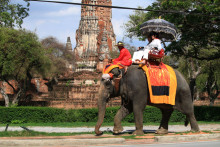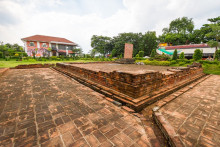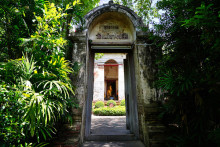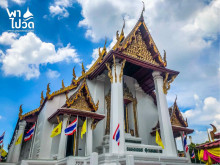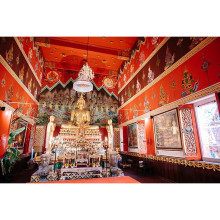Overview
"One-Day Chill Trip to Suburban Ayutthaya"
Step away from the busy city center and explore the peaceful suburbs of Ayutthaya — rich in culture, quiet beauty, and hidden gems.
Wat Na Phra Meru – A well-preserved ancient temple with a rare bronze Buddha in royal attire. Calm and powerful, perfect for starting your day with positive energy.
Wat Mae Nang Plum – A small, serene temple with a charming old wooden hall surrounded by nature — ideal for relaxing and taking photos.
Wat Phichai Songkhram – A riverside temple with a tranquil vibe and nearby local cafés, great for a peaceful break.
Ayutthaya Elephant Palace – Feed and interact with elephants, and learn about traditional mahout life — fun for all ages.
Japanese & Holanda Villages – Discover the history of foreign settlers in Ayutthaya and enjoy the quiet, scenic atmosphere.
This laid-back day trip blends culture, history, and local life — a perfect way to see a different, more peaceful side of Ayutthaya.
